Welcome to Saturday Sparks! This week, we’re rolling into a hobby that blends movement, fun, and freedom: rollerblading. Whether it’s the smooth glide along a lakeside path, the thrill of skating with friends, or the steady rhythm of wheels on pavement, rollerblading is an activity that makes staying active feel effortless.
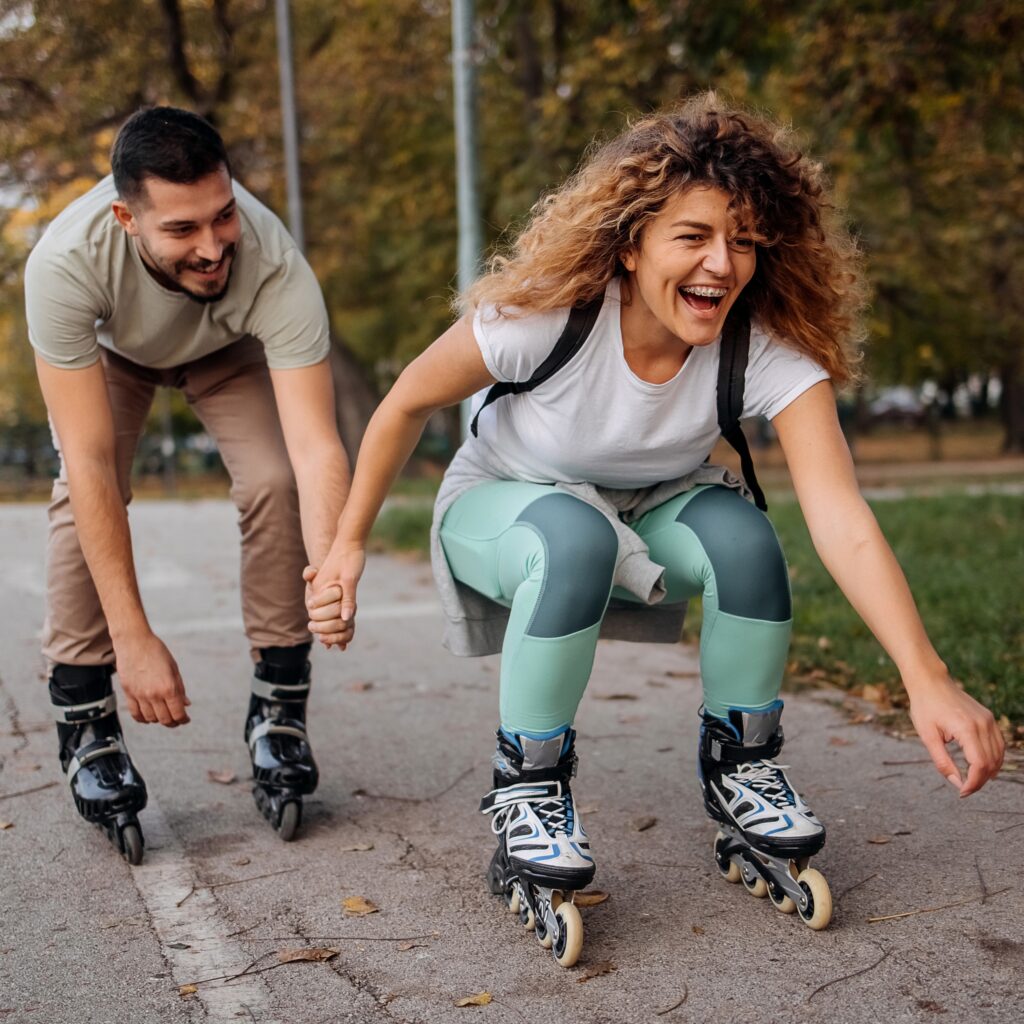
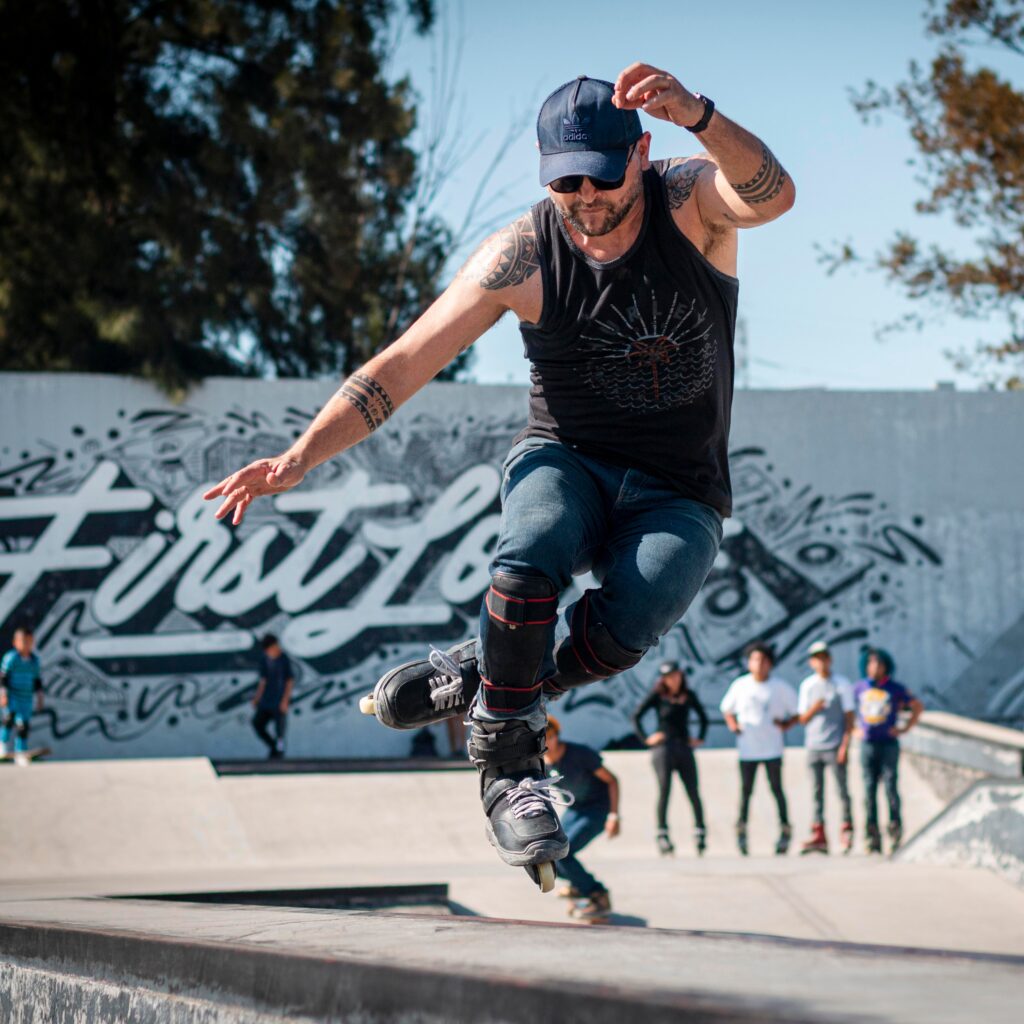
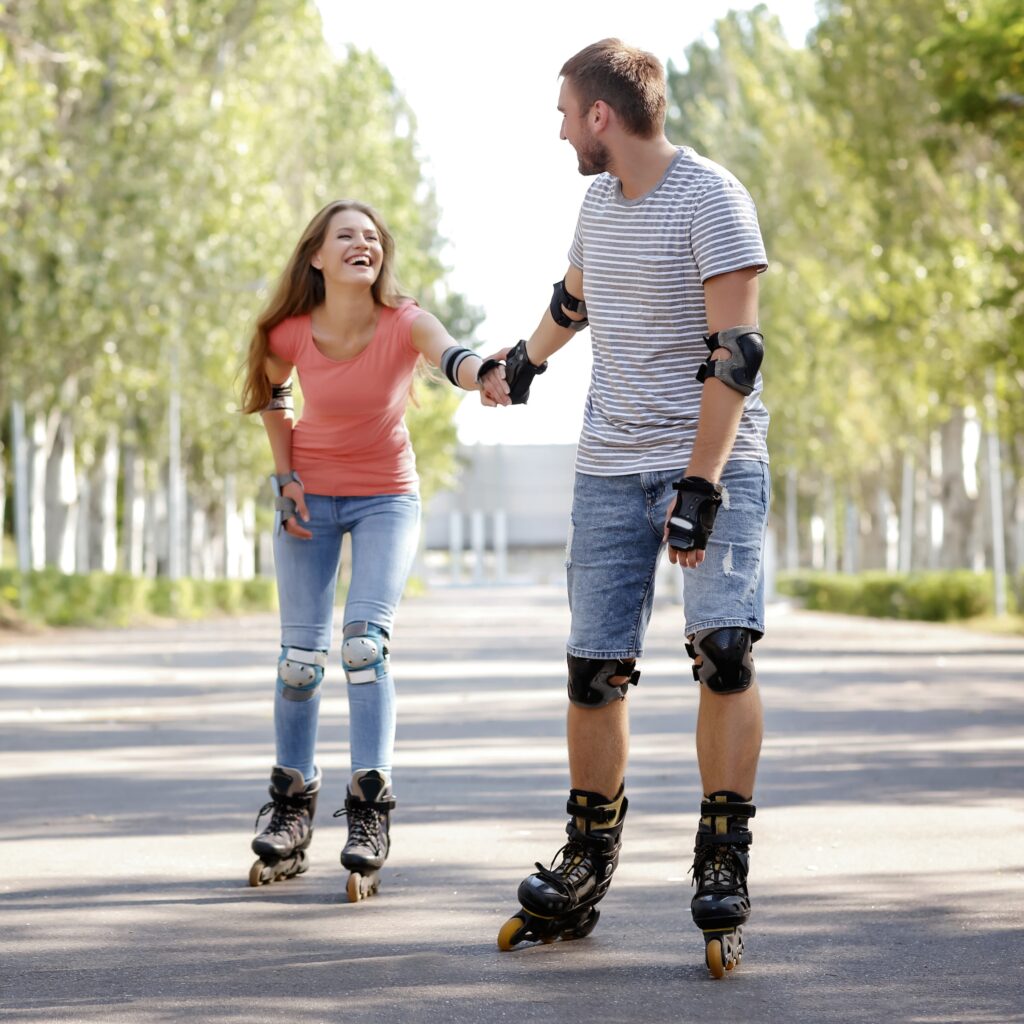
Part workout, part adventure, rollerblading offers a unique balance of fitness and joy. It strengthens the body, clears the mind, and invites you to reconnect with your sense of play. There’s something liberating about the motion—the push, the glide, the wind rushing past as you move under your own momentum. It’s exercise disguised as fun, but it’s also mindfulness in motion, drawing you into the present moment with every stride.
DESCRIPTION
At its core, rollerblading (or inline skating) is a sport and recreational activity that involves gliding on skates equipped with a single line of wheels. The skates typically consist of a hard or semi-soft boot attached to a frame that holds three to five polyurethane wheels in a straight configuration.
This design allows for both speed and maneuverability, offering a smoother, more controlled ride compared to traditional roller skates with two side-by-side wheel sets.
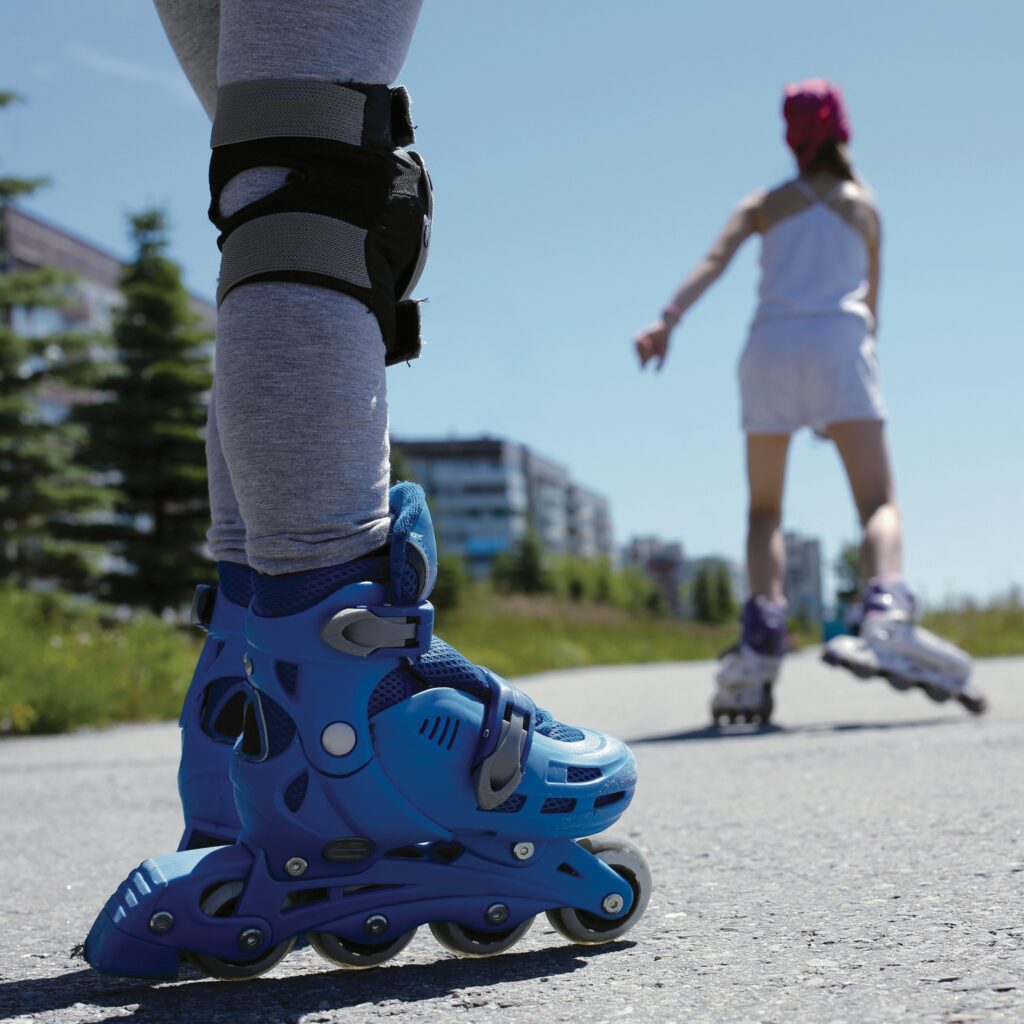
Inline skates are also fitted with bearings that reduce friction, and many recreational models include a heel brake for stopping.
The wheel size and hardness can vary depending on the skating style, larger, softer wheels provide better grip and comfort for outdoor cruising, while smaller, harder wheels allow greater precision and agility for indoor or trick-based skating.
Mastery of rollerblading involves controlling balance, weight transfer, and momentum—skills that develop through practice and coordination.
What began as a creative solution for off-ice hockey training evolved into a global movement that continues to inspire people of all ages. Early versions of inline skates date back to 18th-century Europe, but the modern skate design was born in the 1980s when two Minnesota hockey players developed a prototype that allowed year-round practice. Their invention sparked a worldwide trend that turned rollerblading into a cultural icon of the 1990s, seen everywhere from city sidewalks and parks to fitness magazines and music videos.
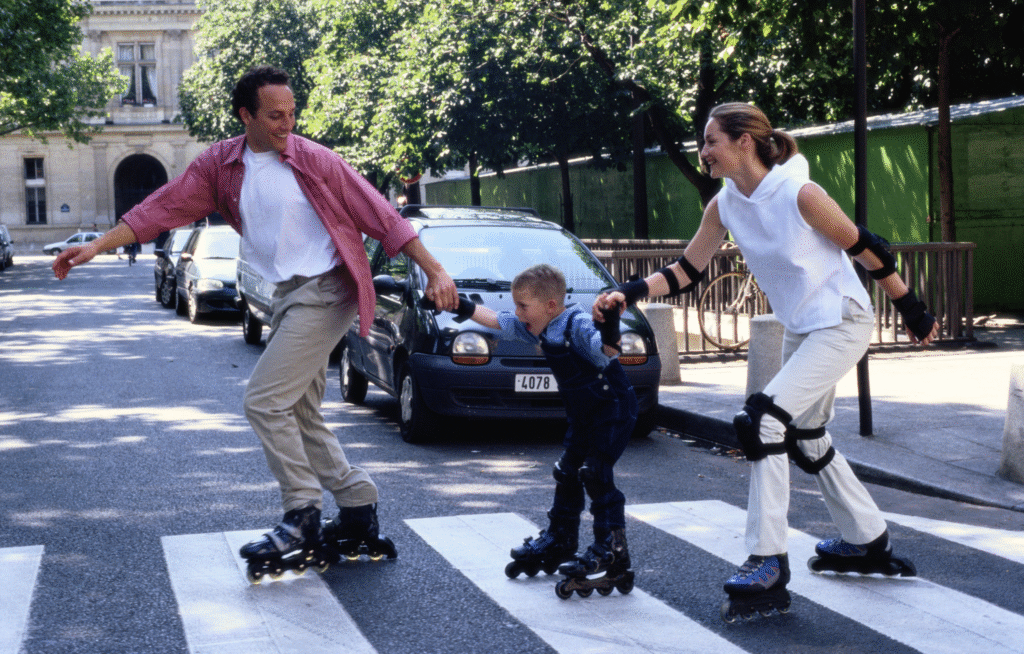
Today, rollerblading has reemerged as a beloved pastime, combining nostalgia with modern fitness and recreation. Skaters can choose from several styles depending on their interests:
- Recreational skating focuses on leisure and light exercise.
- Fitness skating emphasizes endurance and cardiovascular conditioning.
- Aggressive skating involves tricks, jumps, and ramps in skateparks.
- Artistic or freestyle skating blends dance, rhythm, and technical precision.
- Speed skating centers on competitive racing and efficient stride mechanics.
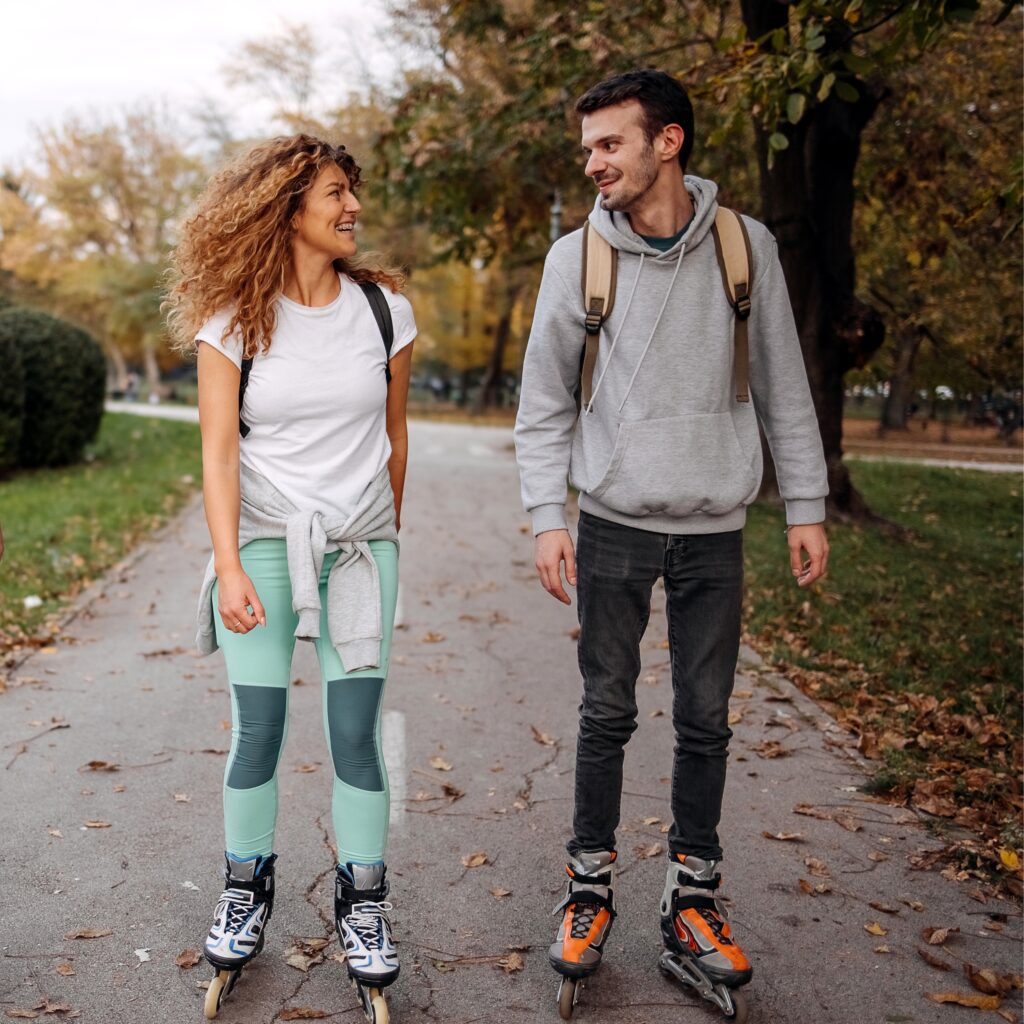
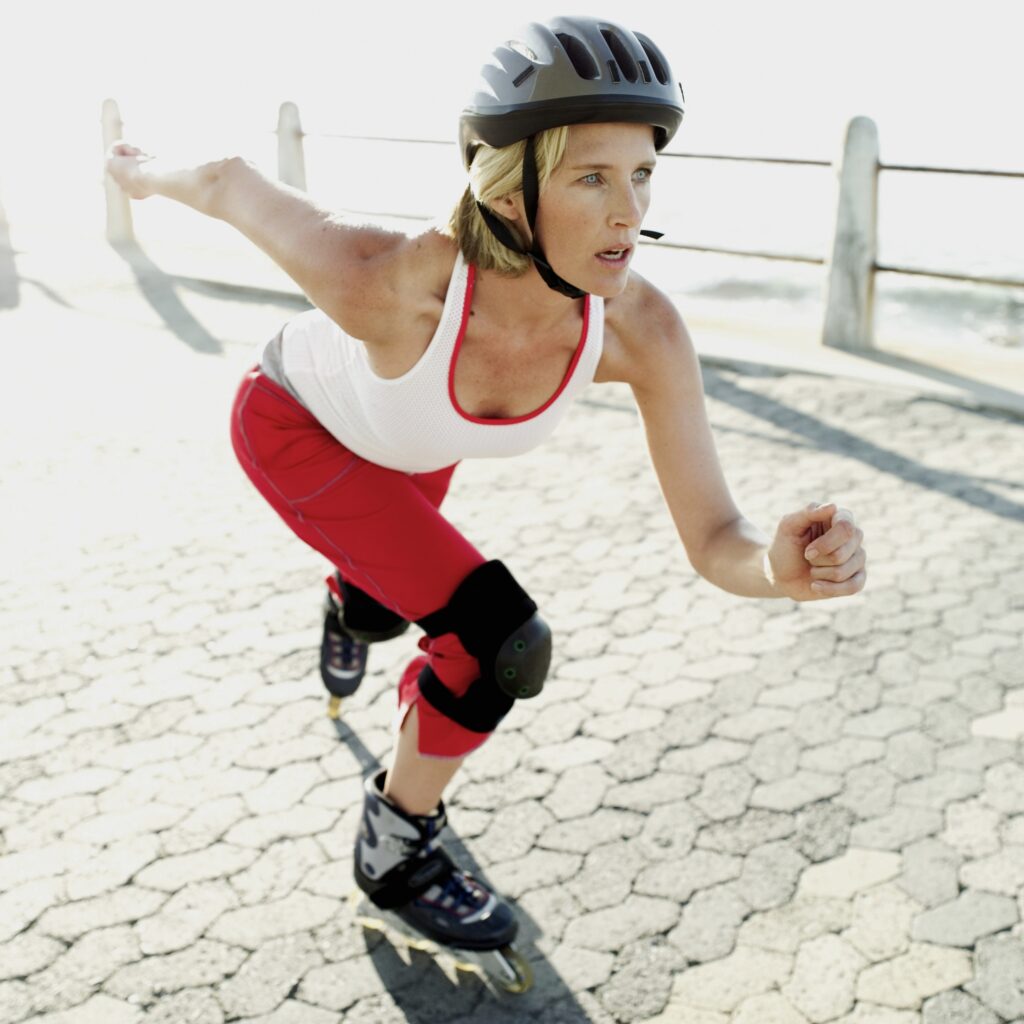
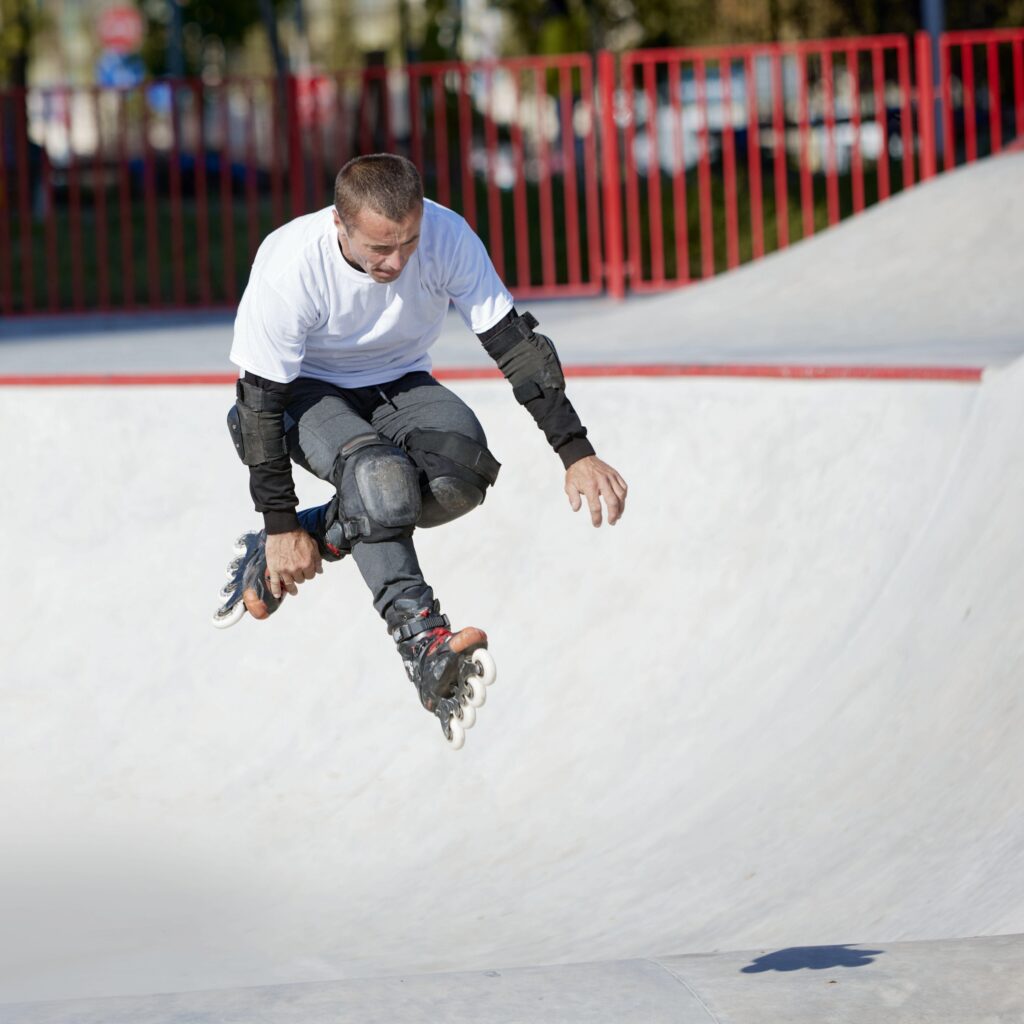
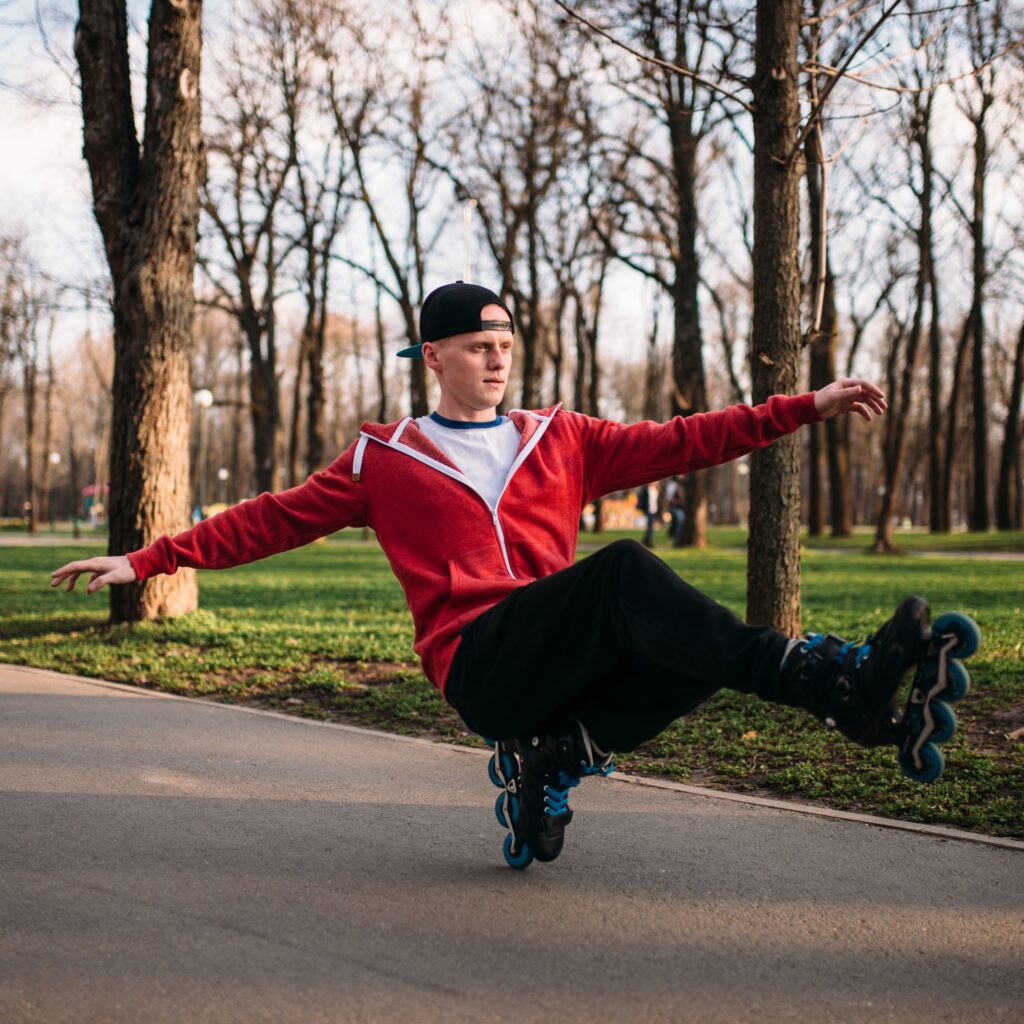
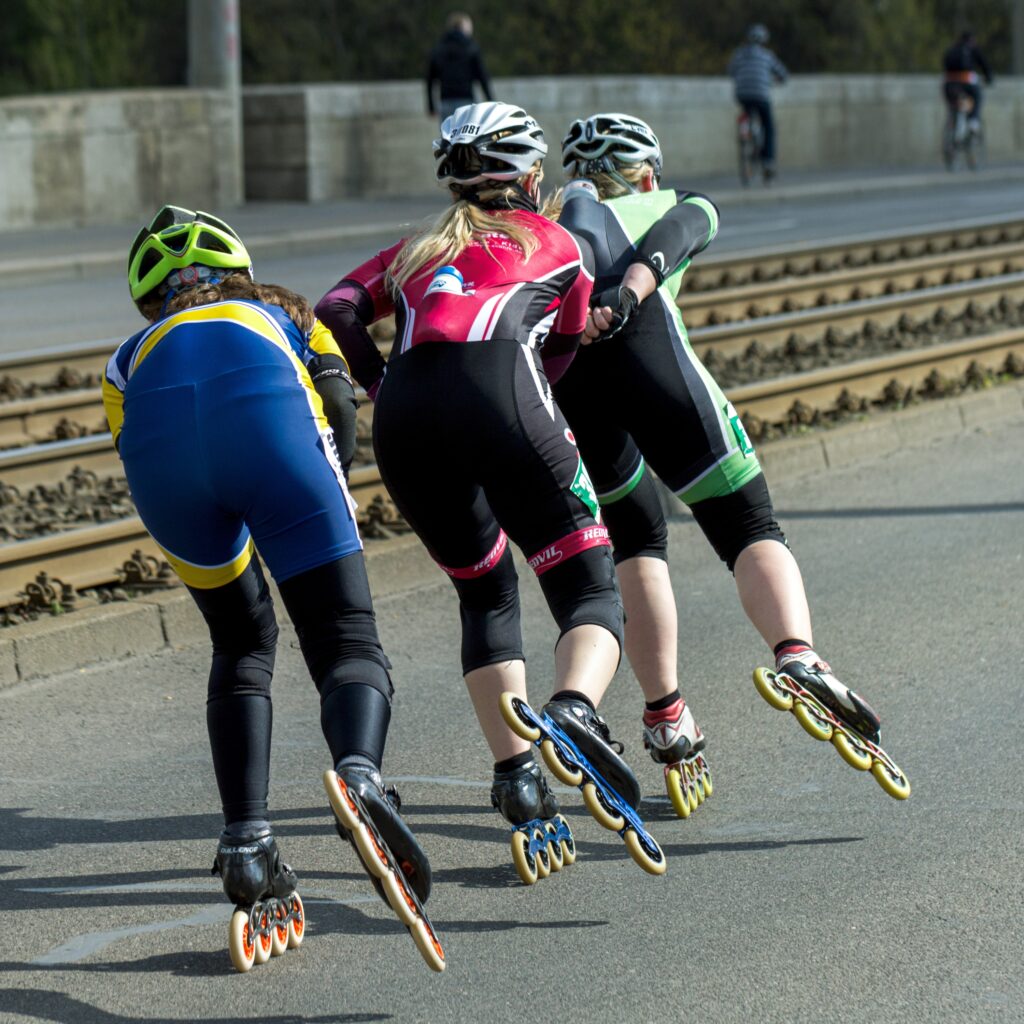
Despite their differences, all styles share a foundation of balance, rhythm, and control. Rollerblading is a low-impact, full-body workout, engaging the legs, core, and stabilizing muscles while being gentle on the joints. The motion itself becomes meditative — a mix of steady rhythm, focus, and fluid motion that calms the mind while invigorating the body. It’s both an athletic pursuit and a form of expression, one that brings together movement, freedom, and mindfulness in a single glide.
Benefits of Rollerblading
Rollerblading provides a full-body workout that builds strength, endurance, and balance. Each stride engages the major muscle groups, from the legs that power the motion to the core muscles that stabilize posture.
Even the upper body contributes through subtle counterbalance and rhythm. Over time, skaters develop stronger legs, improved core stability, and better coordination, all while enjoying a fun, dynamic form of exercise.
It’s a low-impact activity that supports cardiovascular health while being gentle on the joints.
Unlike running, which can place repetitive stress on the knees and hips, rollerblading’s smooth, gliding movement absorbs impact and minimizes strain.
This makes it an ideal choice for those seeking an aerobic workout that promotes endurance and calorie burn without the harsh effects of pavement pounding.
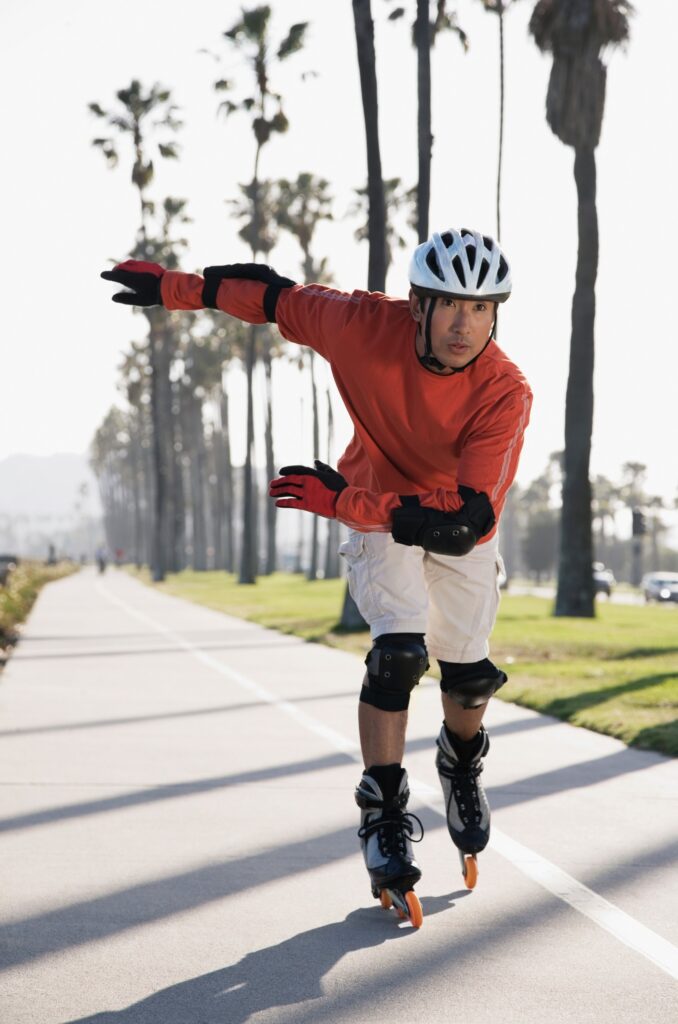
It naturally enhances coordination and motor control. Skating requires a constant interplay of balance, timing, and spatial awareness. The continuous need to adjust weight distribution and maintain rhythm sharpens overall body control.
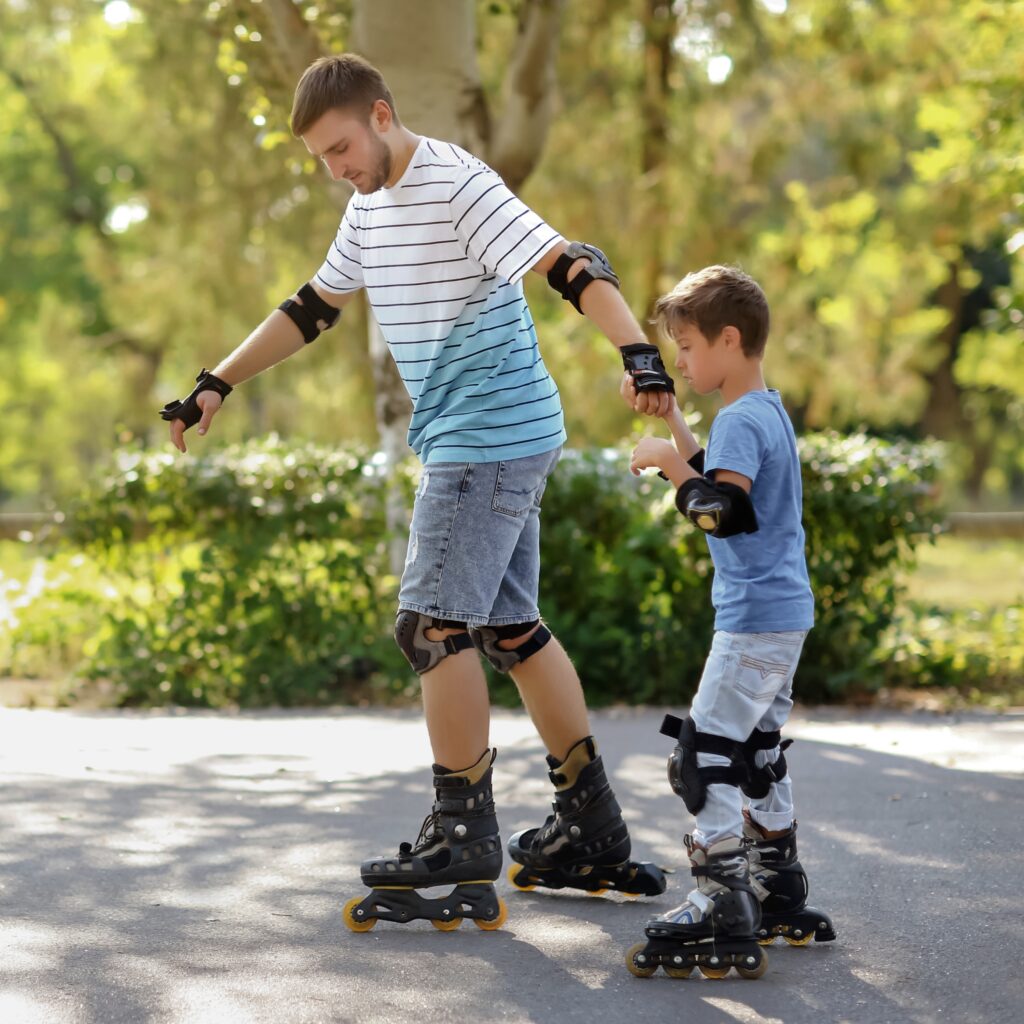
Over time, skaters notice increased agility, better posture, and a stronger sense of body awareness that carries into other physical activities and daily movement.
The rhythmic motion of skating promotes mindfulness and mental clarity. The steady push and glide, the sound of wheels on pavement, the wind against your skin, and the feeling of flow as your movements synchronize can be meditative. Many skaters describe rollerblading as stress relief in motion, offering both focus and calm while boosting mood and mental energy.
It fosters community and connection through shared activity. Whether skating with friends, joining a local group ride, or spending an evening at a rink, rollerblading brings people together. The social aspect encourages motivation, accountability, and camaraderie, creating an inclusive environment where beginners and experienced skaters alike can share the fun of movement.
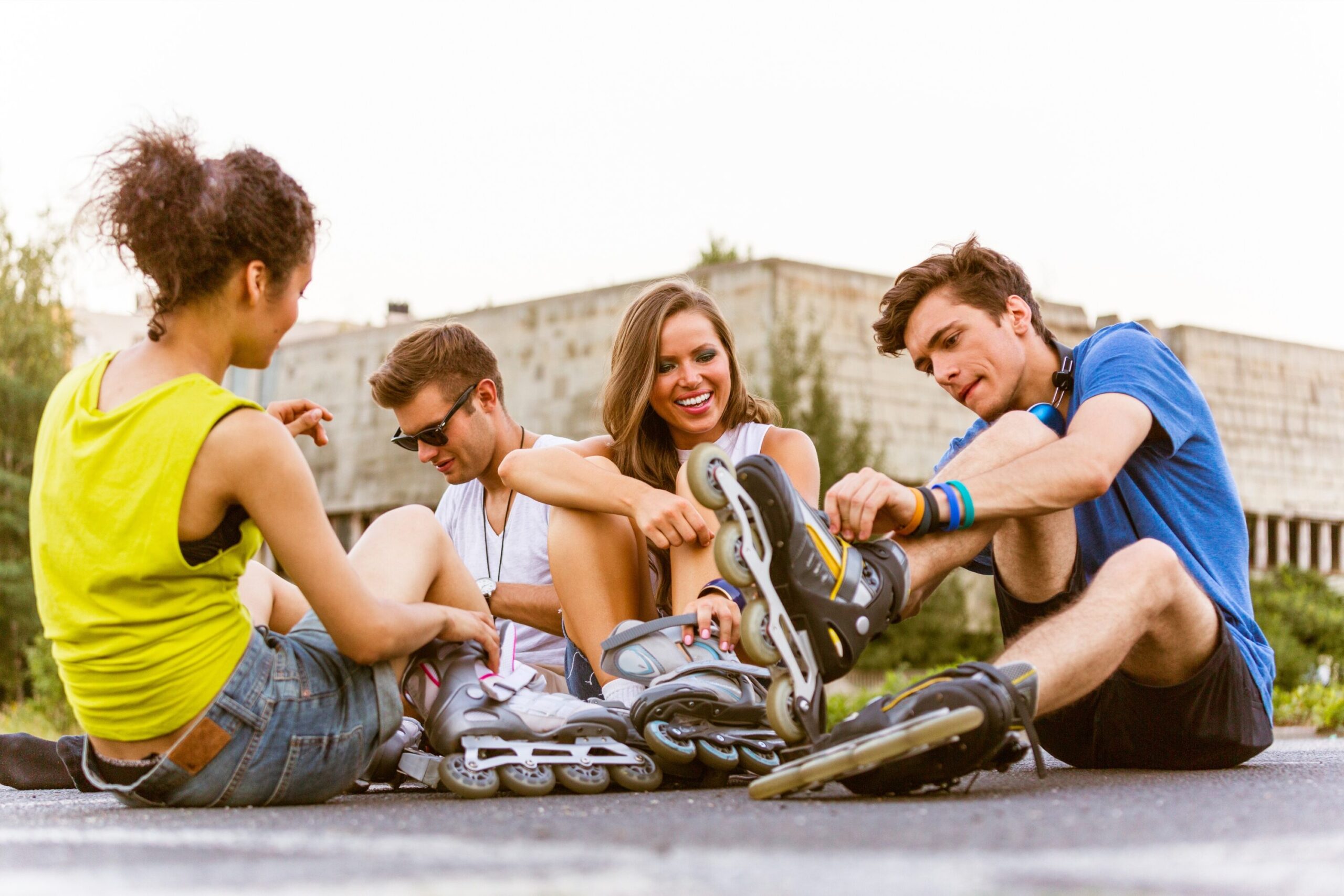
It builds confidence and encourages self-expression. As balance improves and new skills develop, each small victory, whether it’s mastering a clean stop or gliding a little farther than before, reinforces confidence. Over time, skating becomes more than just exercise; it becomes a form of self-expression. Your stride, pace, and flow are uniquely your own, turning movement into both art and accomplishment.
Getting Started
Begin by choosing the right pair of skates. The foundation of a good skating experience starts with properly fitted skates. Inline skates come in several types, including recreational, fitness, aggressive, and speed models.
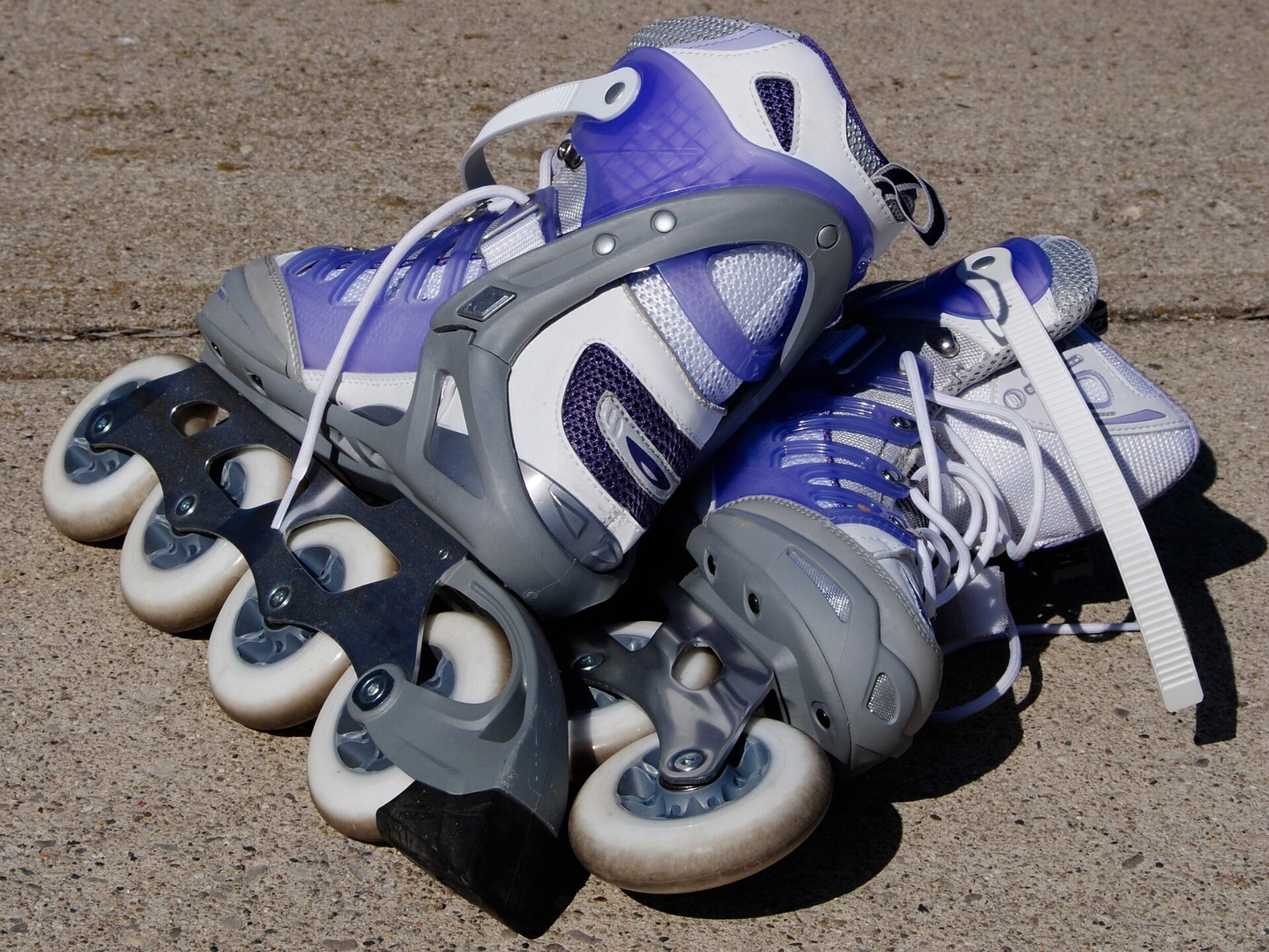
For beginners, recreational skates are the best option, they provide stability, comfort, and versatility for both indoor and outdoor use.
Pay attention to fit; skates should feel snug but not tight, with good ankle support to prevent wobbling. Many skate shops offer fitting assistance and can help adjust frames, wheels, and brakes to match your skill level and intended use.
Always wear proper protective gear. A helmet is non-negotiable, and wrist guards, elbow pads, and knee pads are essential for preventing scrapes and bruises while you’re learning.
Falls are a normal part of the process, protective gear ensures you can get back up and keep practicing safely. As you advance, consider padded shorts or gloves for extra protection. The goal is confidence through safety, not restriction.
Begin with basic skills and build gradually. Before attempting long rides, focus on foundational movements like gliding, braking, turning, and balancing on one foot.
Mastering these fundamentals improves control and comfort on skates. A few short, focused sessions each week are better than long, exhausting ones, your muscles need time to adapt, and consistent practice builds both skill and confidence.
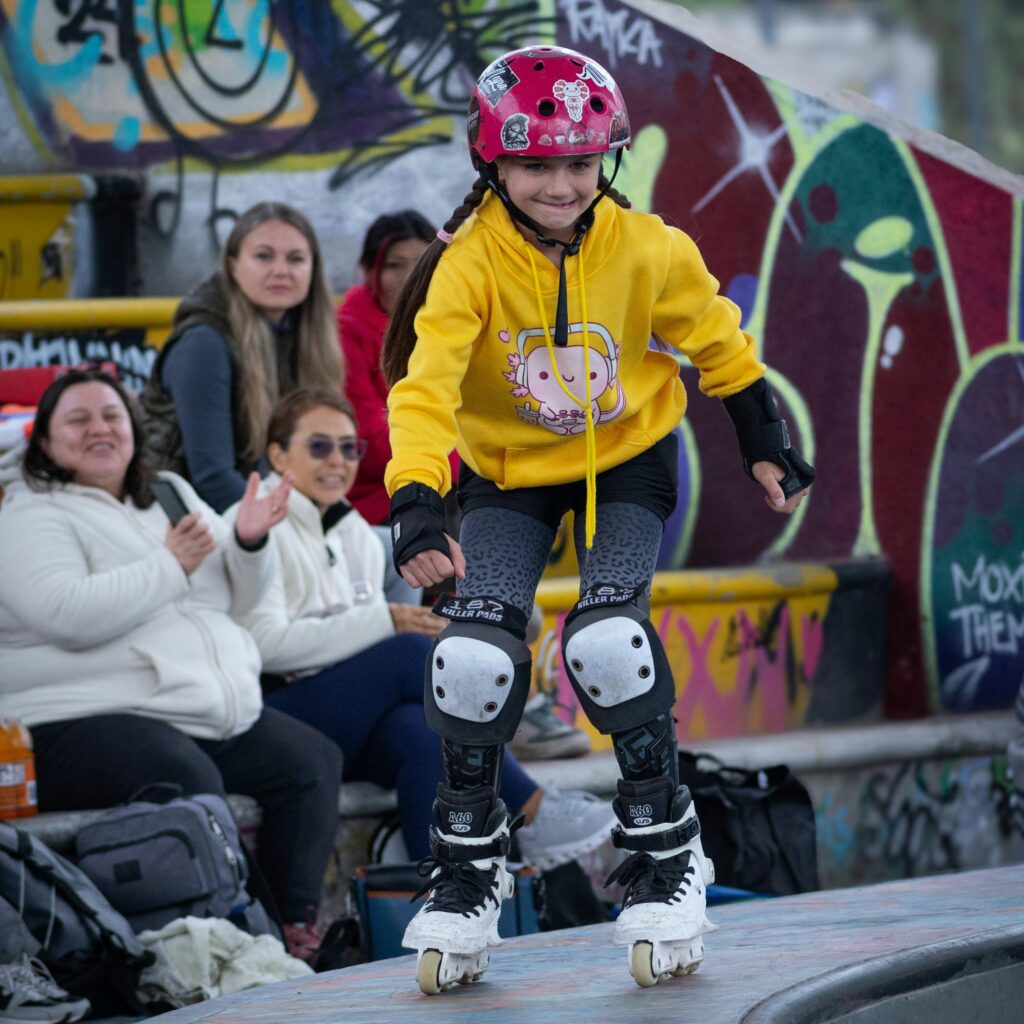
Develop a routine that supports progress. Set small goals, such as skating for a few extra minutes each time or practicing one new technique per session. Regular practice improves endurance and coordination more effectively than occasional long sessions. Over time, you’ll feel your balance stabilize and your motion become smoother, transforming initial awkwardness into confident, fluid movement.
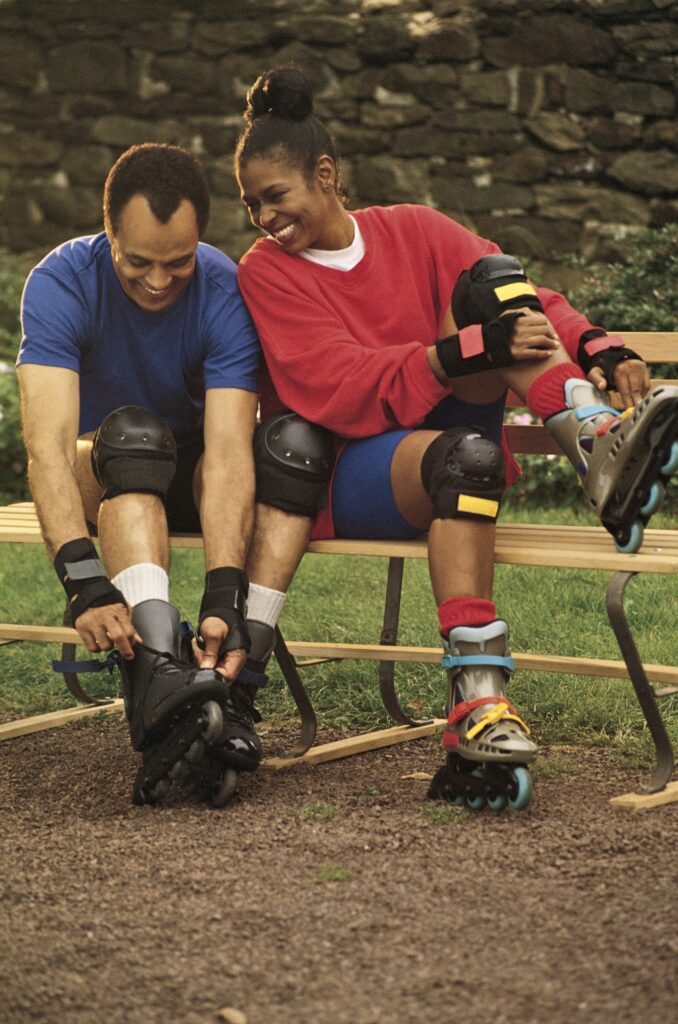
Select a safe and smooth surface for your first sessions. Parks, paved walking trails, and empty parking lots are ideal for learning.
Look for flat, debris-free areas where you can practice balance, stopping, and turning without heavy foot or vehicle traffic.
Some cities have dedicated skating paths, while rinks provide a controlled environment perfect for beginners who want consistent surface conditions and fewer obstacles.
Join a skating community or class if possible. Many cities offer local inline skating groups, classes, or meetups that welcome all levels.
Learning with others provides motivation, structure, and valuable feedback.
Skate parks and rinks often host beginner sessions where instructors teach proper stance, turning techniques, and braking methods. If you prefer to learn independently, online video tutorials and virtual lessons can also help you refine form and learn safely at your own pace.
Resources
Local skating rinks and parks are excellent places to start. Many rinks offer open skate sessions for beginners and often provide rentals so you can try different skate styles before purchasing your own. Outdoor parks with smooth, paved trails are perfect for recreational skating, and some cities even have dedicated inline skating routes designed for safe, continuous movement.
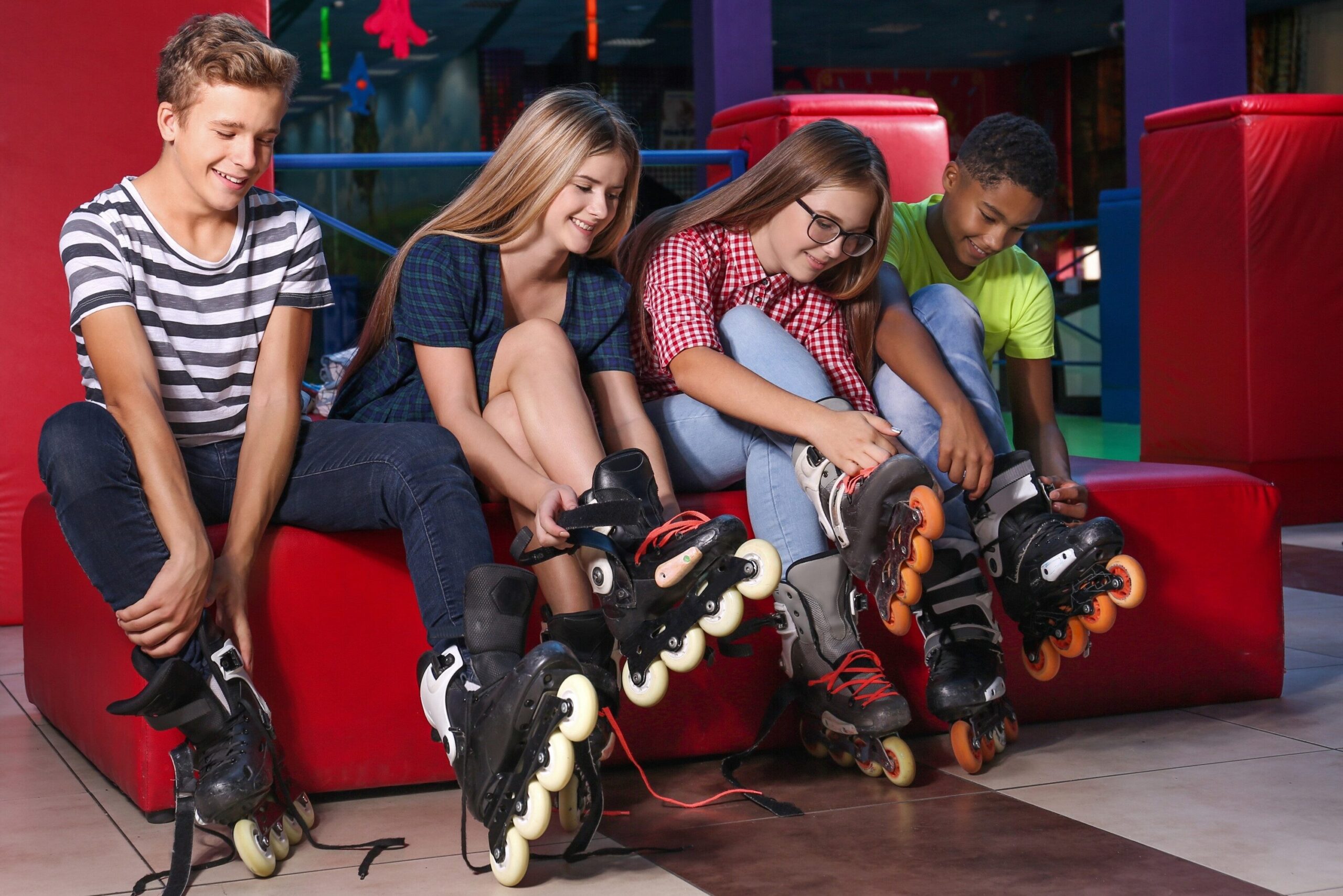
Community skating groups and clubs provide structure and social support. These organizations often organize group rides, charity events, and skill workshops that cater to all levels. Joining a group not only helps you stay motivated but also connects you with experienced skaters who can share valuable tips on technique, gear maintenance, and local skating routes.
Specialty skate shops are one of the most valuable resources for new skaters. Beyond selling equipment, staff can assist with fitting, recommend appropriate wheel and bearing setups, and help with basic maintenance like rotating wheels or replacing brakes. Many shops also host demo days or events where you can test new models and meet other skaters in your area.
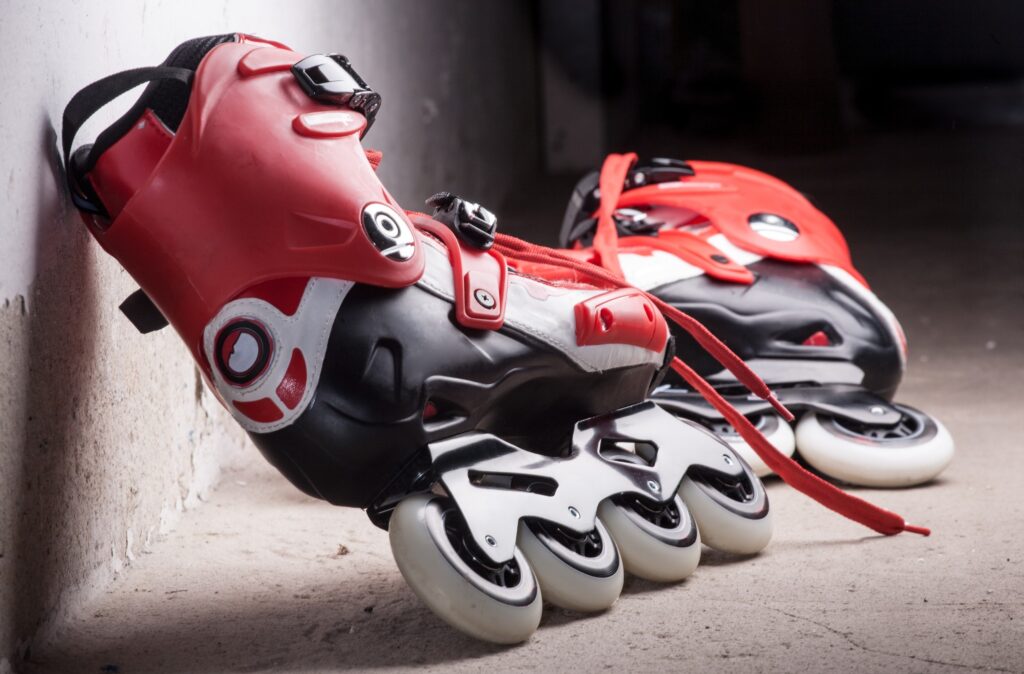
In-person classes and workshops are ideal for those who prefer guided instruction. Many rinks, recreation centers, and even local skating clubs offer structured programs that teach balance, stopping, and turning techniques. Learning from a certified instructor can accelerate progress, prevent bad habits, and ensure proper form from the start. Some instructors also provide private lessons for those who want one-on-one feedback.
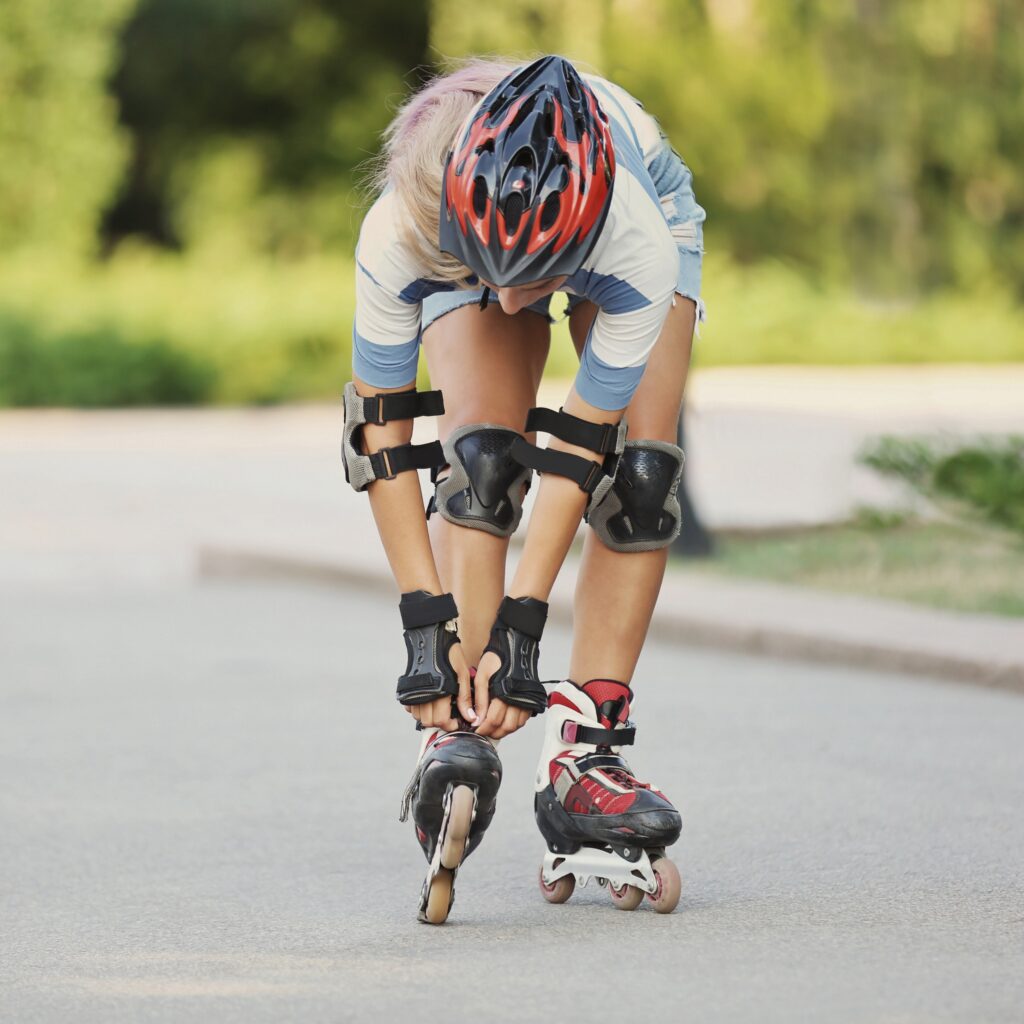
Online learning platforms and tutorials make it easier than ever to start from home. YouTube channels such as Bill Stoppard (InlineSkateGuru), Skatefresh Asha, and Back to Blading offer free lessons on everything from proper stance and braking techniques to advanced turns and speed control. For structured learning, paid platforms like Udemy and Skillshare occasionally feature inline skating fundamentals courses.
Inline skating organizations and forums like the Inline Skating Association (ISA) or local Facebook groups provide community support, event updates, and regional information. These spaces are ideal for finding meetups, troubleshooting gear issues, or learning about upcoming races and group skates.
Mobile apps and tracking tools such as Strava, MapMyRide, and Relive can turn your skate sessions into measurable progress. They track speed, distance, and elevation, helping you monitor improvement while discovering new paths and trails.
Whether you’re lacing up for the first time or getting back into skating after years away, today’s mix of online tutorials, local communities, and quality equipment makes it easier than ever to roll into this rewarding hobby.
Safety and Tips
Choose your skating surface carefully. Smooth, flat pavement or designated skating trails are best, especially when you’re learning. Avoid areas with gravel, cracks, or wet leaves, as these can cause wheels to slip unexpectedly. If skating near traffic or pedestrians, stay alert and maintain predictable movements to ensure everyone’s safety.
Always wear protective gear. A helmet is essential for every skater, no matter your experience level. Wrist guards, knee pads, and elbow pads protect against the most common falls and scrapes, helping prevent serious injuries.
Even experienced skaters wear gear, it’s a small precaution that makes a big difference in confidence and safety.
Choose equipment that fits comfortably and allows free movement while staying securely in place.
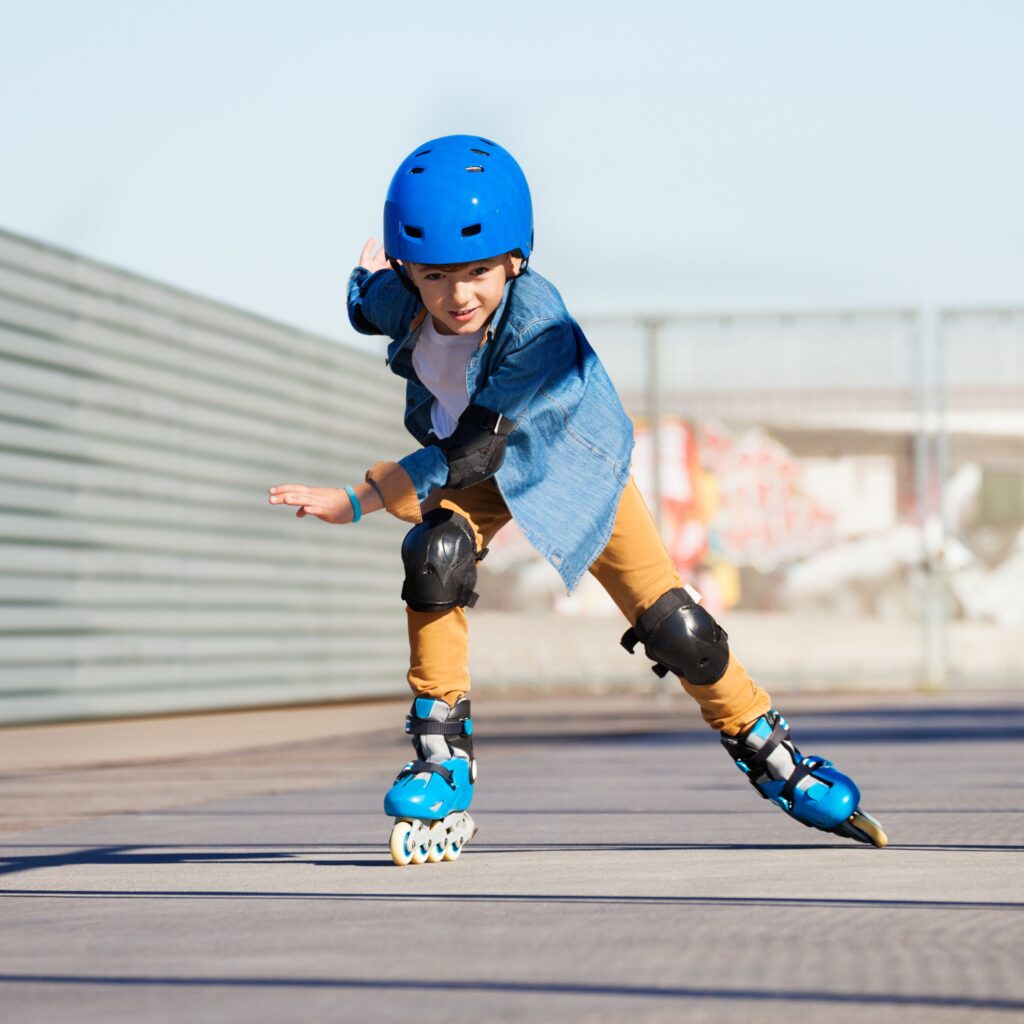
Pay attention to maintenance and care. Like any piece of athletic equipment, skates require periodic upkeep. Check wheels for wear, tighten loose axles, and clean bearings regularly for smooth performance. Replacing worn parts helps maintain stability and control. Keeping your skates in good condition not only improves performance but also extends their lifespan, ensuring a safer and more enjoyable experience each time you roll.
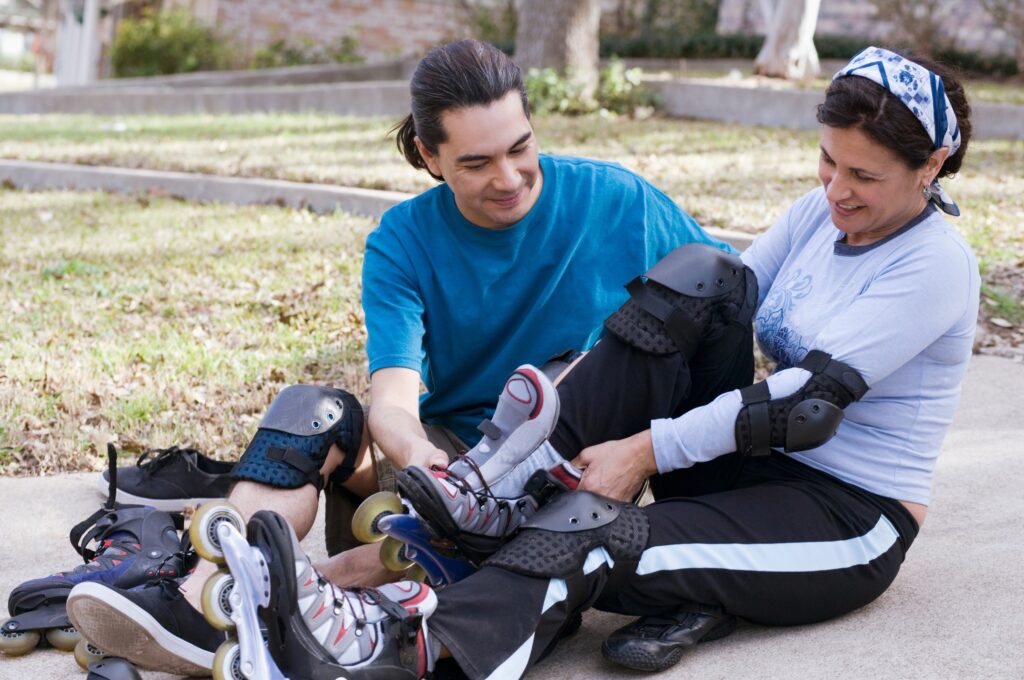
Check your equipment before each session. Make it a habit to inspect your skates before hitting the pavement. Ensure the wheels spin freely, bearings are clean, and axles are tight. If your skates have a heel brake, check that it’s secure and not overly worn down. Proper maintenance not only extends the life of your gear but also helps you stay in control and avoid accidents.
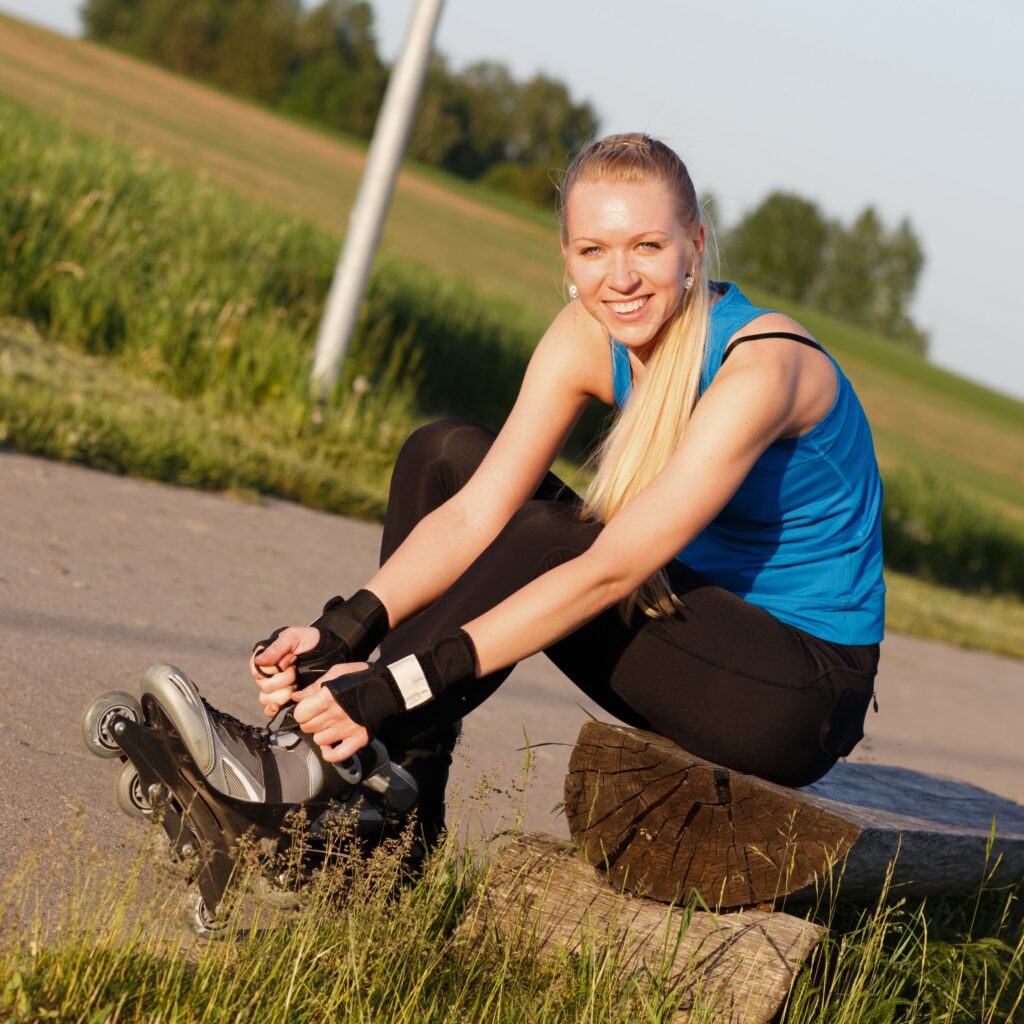
Warm up before skating and cool down afterward. Like any form of exercise, rollerblading uses a range of muscles that benefit from gentle stretching and movement before and after activity.
Warming up prepares your joints and improves balance, while cooling down prevents stiffness and reduces soreness.
Simple dynamic stretches and light glides before skating can go a long way toward preventing injuries, and a few minutes afterward help your body recover more comfortably.
Stay hydrated and take breaks when needed. Skating can be more demanding than it looks, especially on warm days or long routes. Bring a water bottle and take short rest stops to avoid fatigue. Listening to your body ensures you maintain proper form and balance throughout your session.
Mind the weather and environment. Wet pavement, high winds, or sudden temperature changes can all affect traction and control.
Avoid skating in the rain or immediately after, as moisture reduces grip and increases the risk of slipping.
In hot weather, plan shorter sessions and wear breathable clothing to stay cool and comfortable.
Stay visible, especially in low light. If skating in the evening or early morning, wear reflective gear or bright clothing so others can see you clearly.
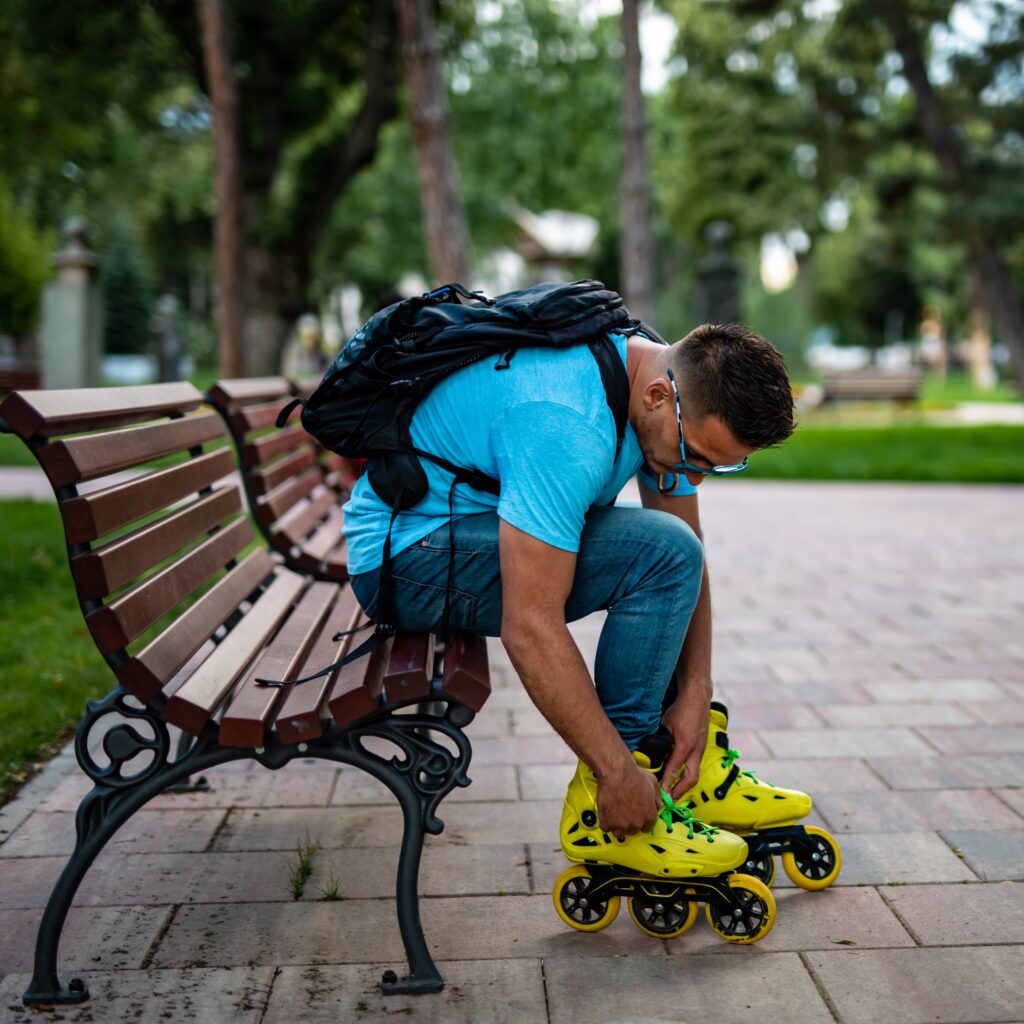
Some skates and helmets even feature built-in lights or reflective strips for added visibility. Staying visible is especially important near roads or shared paths where cyclists and pedestrians may not expect skaters.
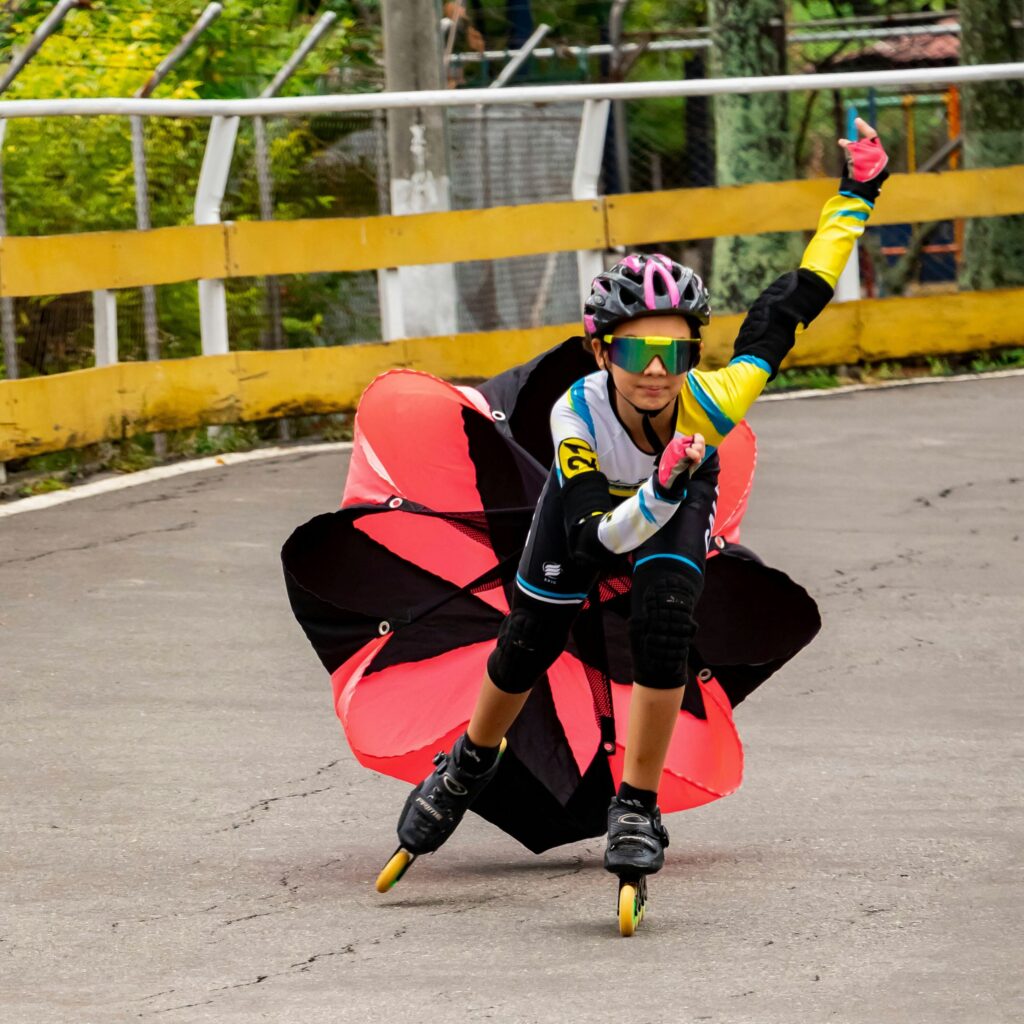
Respect other path users and follow local guidelines. Many skating trails and parks are shared with walkers, runners, and cyclists. Keep to one side, signal your movements when passing, and always yield to pedestrians.
Observing proper etiquette not only keeps everyone safe but also helps maintain a positive image for the skating community.
Taking the time to be courteous and aware of your surroundings makes skating more enjoyable for everyone who shares the path.
Learn how to fall safely. Falling is part of the learning process, and knowing how to fall correctly minimizes risk. Try to tuck your chin and land on your pads rather than reaching out with your hands. Distributing the impact across your forearms and knees helps protect your wrists and head. Practicing safe falls in a grassy area or at a rink before skating on pavement can help build reflexes and confidence.
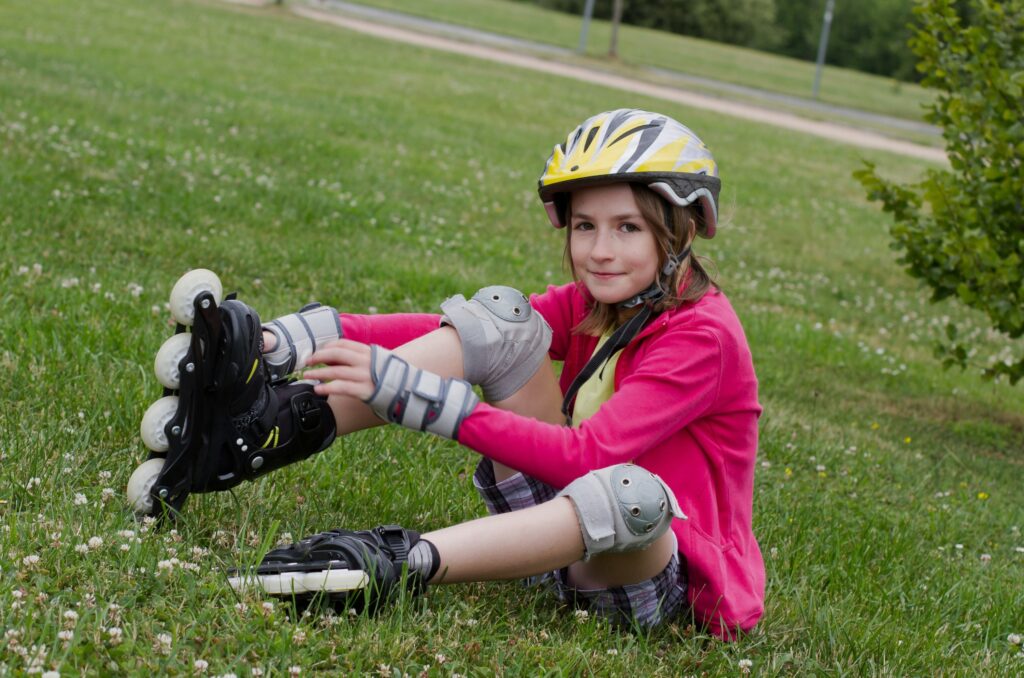
Practice patience and progression. The best skaters didn’t learn everything in a day. Build your skills gradually, focus on one element at a time, whether it’s turning, stopping, or increasing your stride efficiency. Progress at your own pace and celebrate small improvements. Consistency is far more valuable than speed when it comes to mastering control and confidence on skates.
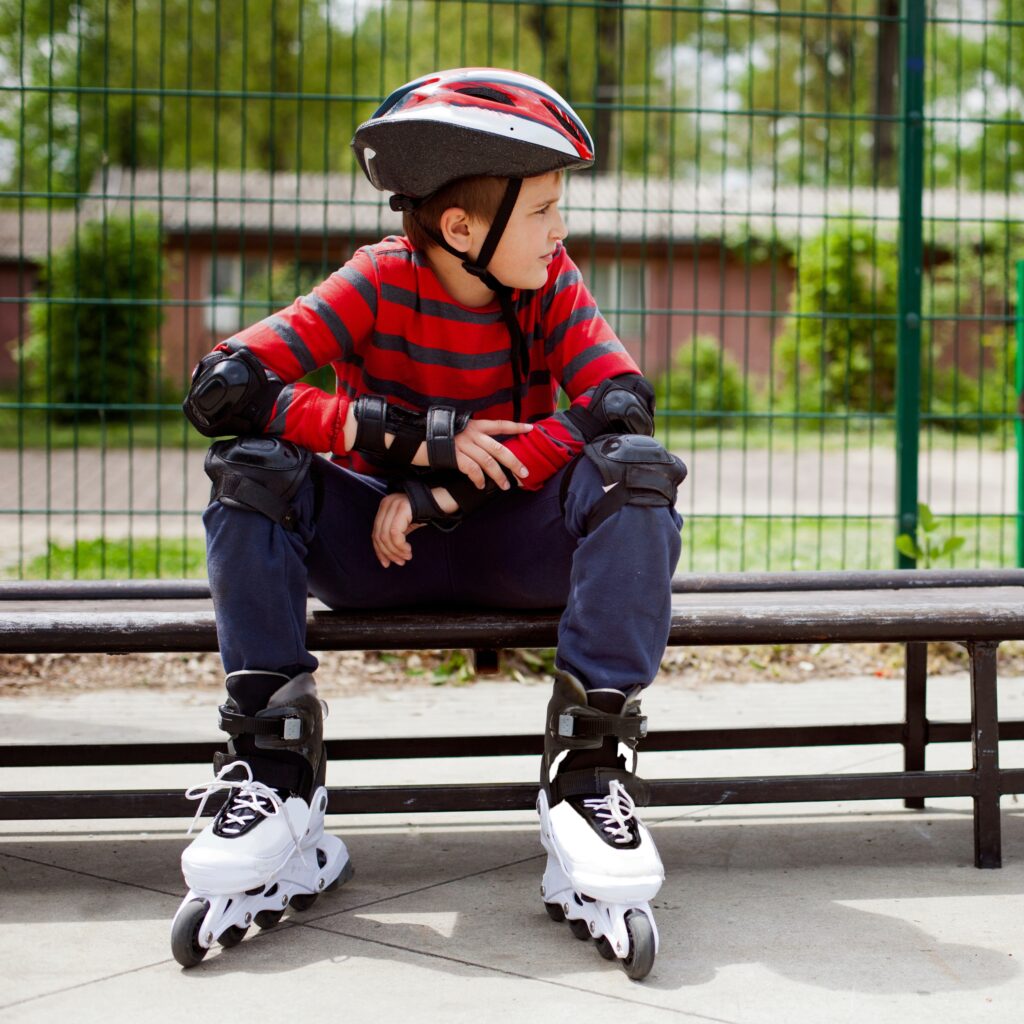
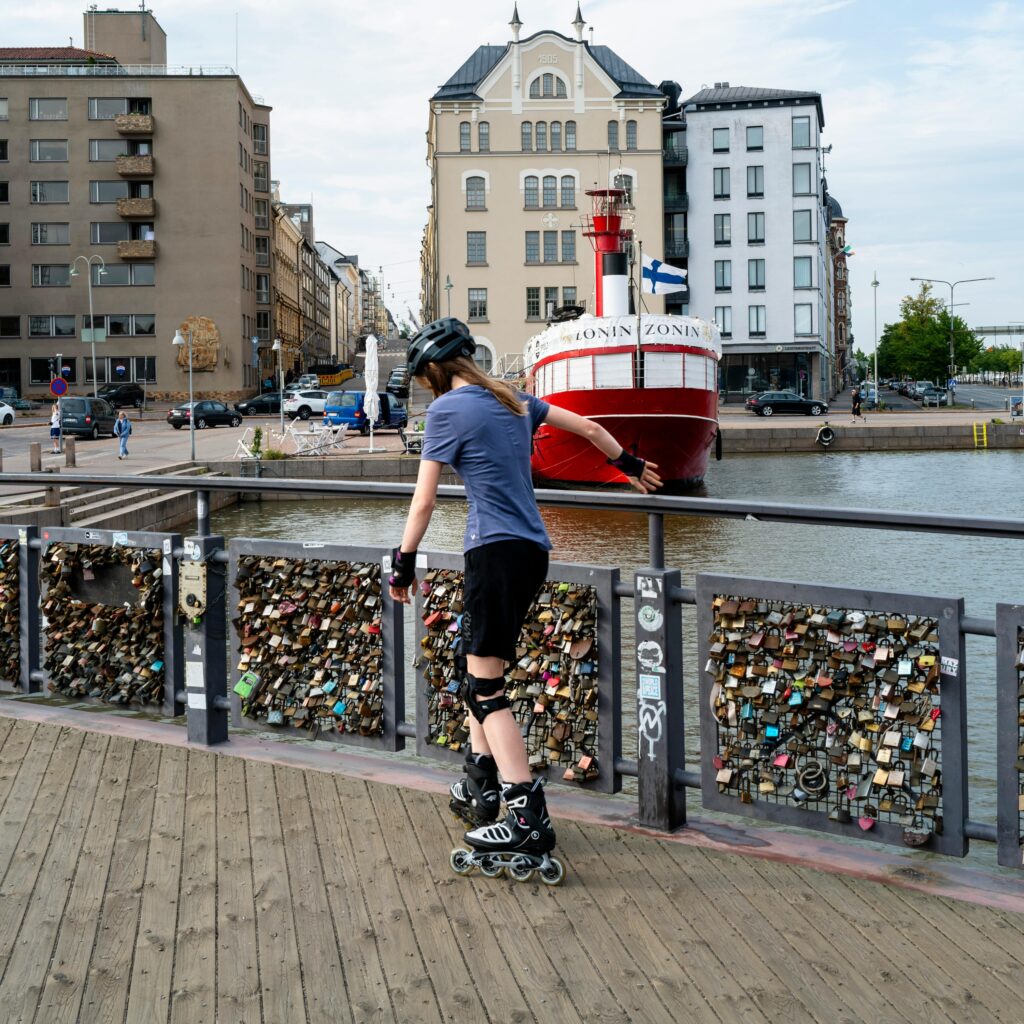
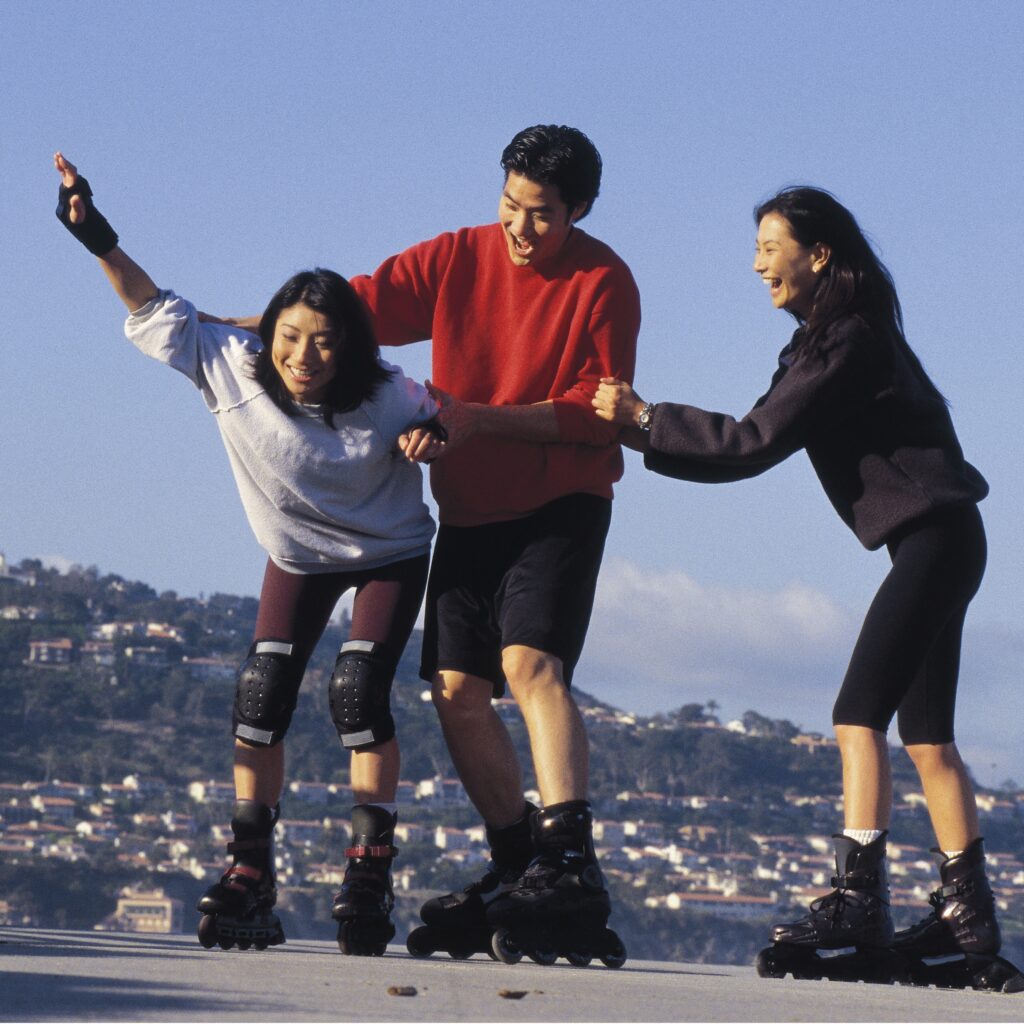
Final Thoughts
Rollerblading is more than just a nostalgic throwback, it’s a joyful, effective way to stay active and experience the world from a new perspective. Whether you’re lacing up for the first time or rediscovering a childhood pastime, rollerblading combines fitness with freedom in a way few activities can.
Have you ever been rollerblading? Would you give it a try? Share in the comments below!
Leave a Reply